‘Mayday, mayday’: the final six minutes before the deadly South Korean plane crash
A bird-strike warning came from a control tower just before one of the worst aviation disasters in years - but questions have arisen over the part ‘localisers’ on the runway played in the tragedy.
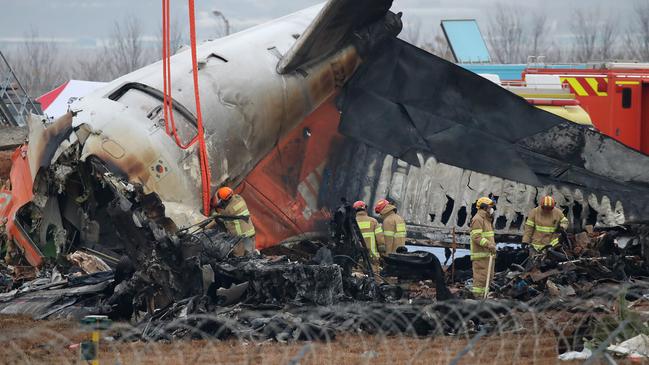
At 8:57am on Sunday, the control tower at South Korea’s Muan International Airport issued an alert to a Jeju Air flight approaching: “Caution: Bird Activity.” The alert wasn’t unusual at the airport, which is surrounded by several bird habitats that are home to various types of ducks and geese. But two minutes later, a call for help came from the cockpit: “Mayday, mayday, mayday, bird strike, bird strike, going around,” one of the pilots said, according to South Korea’s Transport Ministry.
About six minutes after the tower’s warning, the plane crashed down without its landing gear deployed and smashed into a barrier at the end of the airport’s only runway, bursting into flames. Of the 181 passengers and crew on board, just two survived. Both were flight attendants seated at the back of the Boeing 737-800 jet.
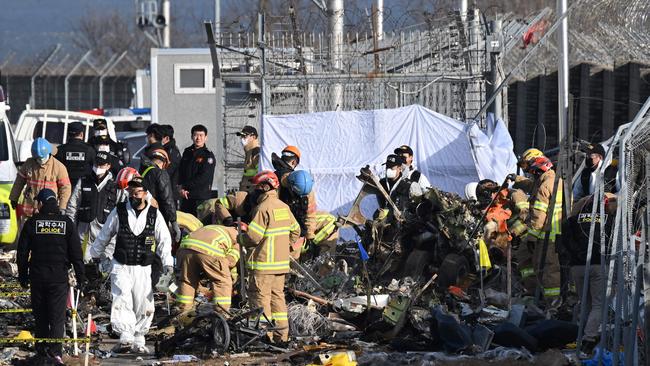
The Jeju Air flight’s final chaotic moments now sit at the heart of a South Korean investigation into one of the deadliest aviation disasters in years. The U.S. National Transportation Safety Board, Boeing and the U.S. Federal Aviation Administration will assist in the probe — which could take months, if not longer — to determine the cause. Investigators retrieved the aircraft’s black boxes but, with one partially damaged, the decoding process could take months, South Korea’s Transport Ministry said.
On Monday, South Korea’s acting President Choi Sang-mok ordered an emergency safety inspection of the country’s entire airline operation system. All 101 of the Boeing 737-800 jets operated by South Korean airlines will have the maintenance histories of the engine and landing gear inspected by the end of the week.
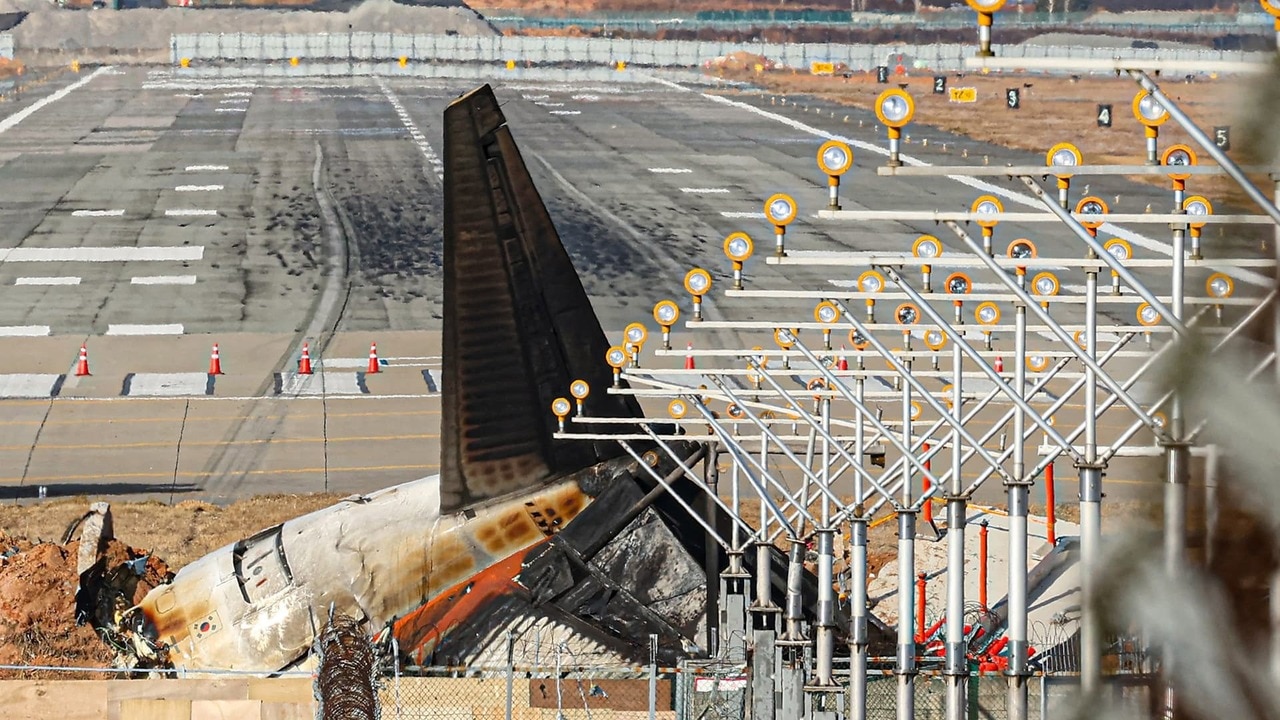
The generation of Boeing aircraft that includes the one used by Jeju Air is a predecessor of the 737 MAX. It also has one of the best safety records in the industry over its 27 years in operation. It had recorded just 10 fatal accidents that have damaged the aircraft beyond repair, according to a Boeing report covering accident statistics across the industry between 1959 through 2023. That equates to a rate of 0.08 per million departures — or about one-seventh of the average seen across all commercial aircraft types.
After Sunday’s disaster, tens of thousands of passengers cancelled Jeju Air flights. The company’s stock declined by roughly 8.6%. Boeing’s shares were down nearly 4% premarket Monday.
Many of the people aboard the Jeju Air flight had traded South Korea’s frigid winter for balmier Bangkok. They included a group of government workers on vacation together. There were two Thai nationals, including a 22-year-old university student preparing to become a flight attendant. The victims’ ages spanned from 78 years old to as young as three years old — a boy making his first overseas trip with his parents.
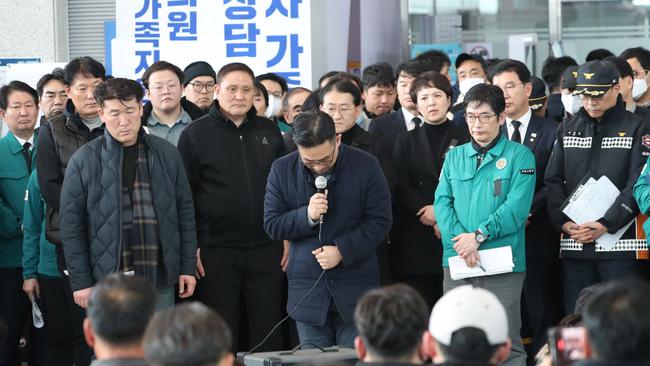
“The first stamp on his first passport!” the boy’s father wrote Saturday in an Instagram post, now full of condolence comments.
The passengers were due to land at an airport in Muan County on Sunday morning, after departing from Bangkok about an hour later than scheduled. They filed into a 15-year-old Boeing aircraft, where the economy-class seats were arranged three to a side on the narrow-body jet.
Things appeared to go smoothly for about five hours. The pilots had received the authorisation to land the plane at Muan’s single runway that stretches just over 1.5 miles — about two-tenths of a mile longer than the ones at New York’s LaGuardia Airport. Incoming planes can land in either direction of the north-south strip, though often fly in from the south.
But within minutes at 8:57am, the alert from the Muan control tower warned of a potential bird strike, just as the Jeju Air plane attempted its planned descent, according to South Korea’s Transport Ministry.
The pilots appeared to perform a low-pass manoeuvre over the airport on the aircraft’s initial approach, a technique used when crews are experiencing issues with a plane’s landing gear, according to analysis of the flight’s positional data by Flightradar24, an aviation tracking specialist. A low pass typically allows air-traffic controllers on the ground to get visual confirmation for the pilots of the landing gear’s position.
The mayday call from the cockpit came after that at 8:59am. The plane made a 180-degree loop to make an approach from the other way. Passengers were able to send text messages to family members at that time. One wrote to a family member at 9am saying a bird had got lodged on the wing of the plane. “Should I write a will?” one of the messages read.
At 9:01am, the Muan control tower gave the clearance for a second landing, this time from the north. The plane touched the ground about halfway down the runway, without its landing gear deployed. The jet’s flaps and slats on the front and back of its wings, which are used to control speed during landing, appeared to have also still been stowed, Flightradar24 said.
The potential effect any bird strike may have had on the Jeju Air jet’s engines will likely be a key focus of accident investigators, along with any faults with the electrical or hydraulics systems. Even if power had been lost, the pilots could have manually lowered the plane’s landing gear, aviation safety experts said.
Lee Geun-young, who runs a restaurant next to the airport, heard loud bangs that he said sounded like a motorcycle engine back firing and rushed to the rooftop of the business. From there, he captured roughly 54 seconds of cellphone video of the crash that has since aired around the world.
The video shows the plane hurtling down the runway on its belly, before smashing into a barrier. By 9:03am, the aircraft had erupted into a fireball.
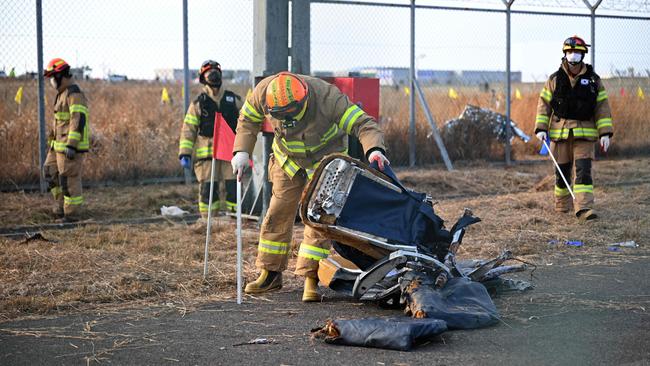
“The heat on my face was like the steam rising from a sauna,” Lee said. The plane crashed into a roughly 7-feet-high barrier, where “localiser” antennas held in place with concrete footings sat atop a mound of dirt. The localiser is part of a landing-assistance system for pilots often used when flight visibility is reduced by inclement weather. The antennas typically need to be at a similar height as the runway to work.
That presented a challenge to the Muan airport — resulting in an unusual and dangerous set up, said Simon Hatfield, a consultant based in Australia who works with airports on safety and design. At the end of the runway, the terrain sloped downward, meaning the localiser had to be elevated somehow.
Localisers often sit at the ends of runways at a similar ground level without barriers. Absent the mound, the odds of the Jeju Air jet turning into a fiery crash would have been greatly reduced, because the plane would have been able to plough through the localiser, which is designed to be breakable, Hatfield said.
Dozens of stunned relatives congregated at the Muan airport awaiting news as the death toll rose throughout Sunday. One family member shared with local media the final text he had sent his daughter.
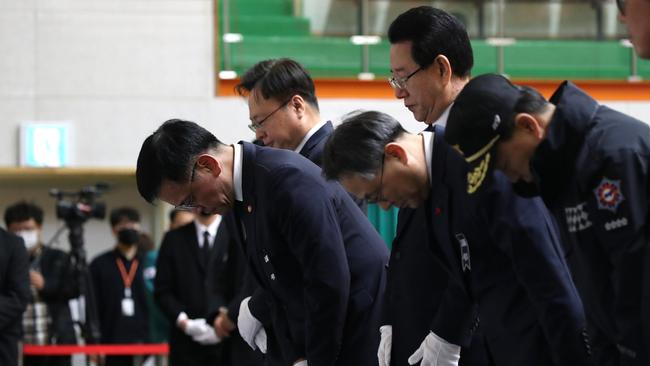
“Did you arrive yet, princess?” the message read.
As of Monday evening local time, more than 145 of the bodies had been identified. That left authorities still working to identify two dozen people through DNA and fingerprint analyses. Government agencies and airport officials have set up a support centre for family members of the victims.
One of the two survivors, a 33-year-old flight attendant, was rushed to the intensive-care unit of a Seoul hospital by Sunday evening, an official said. He had several fractures on the left side of his body and other injuries, though no burns.
The flight attendant, whose surname is Lee, can communicate enough to discuss his treatment, the hospital official said. Lee had remembered buckling in for the landing before blacking out. The hospital official recalled some of Lee’s initial words.
“When I regained consciousness,” Lee said, “I’d been rescued.”
The Wall Street Journal
